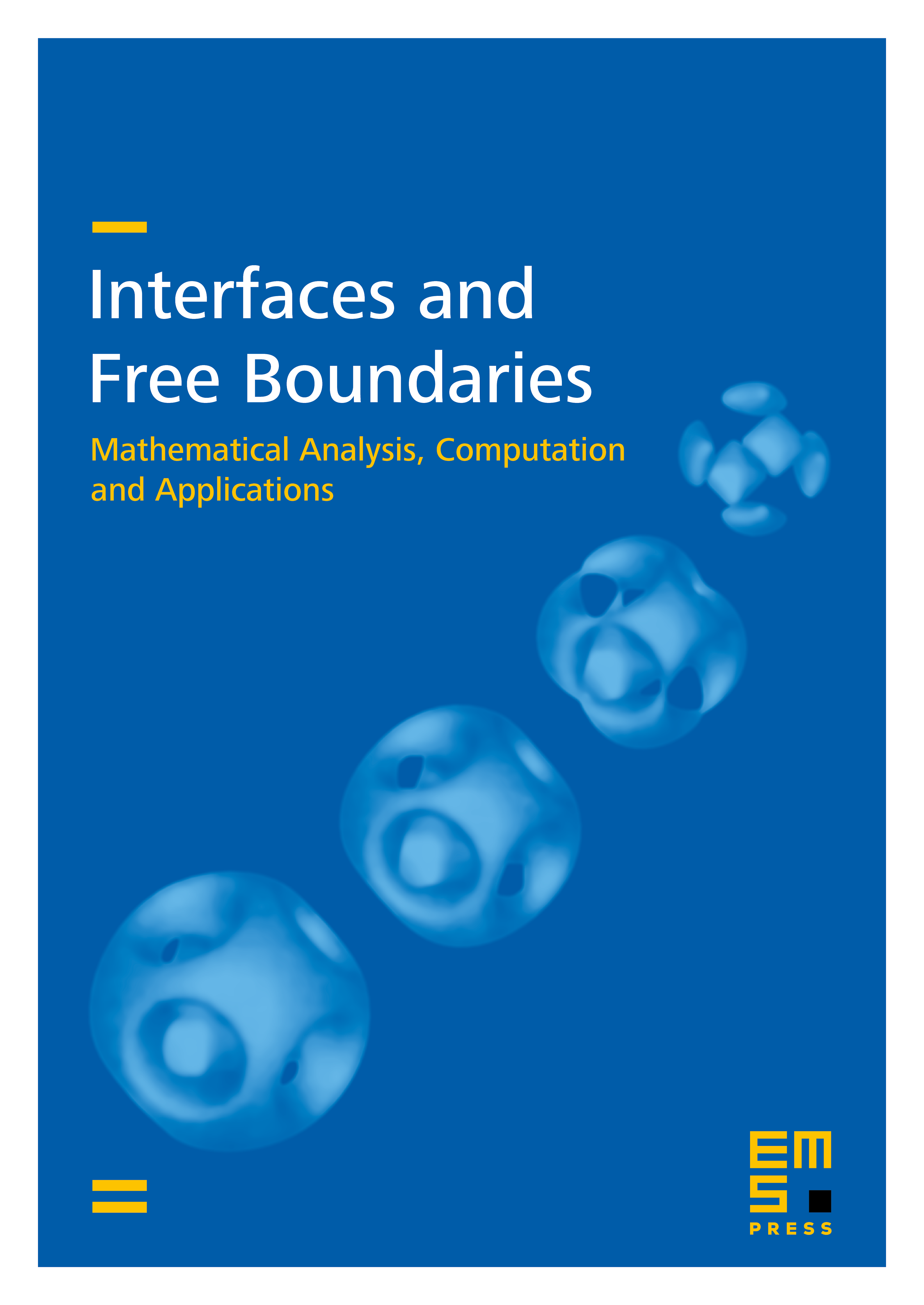Evolution model for martensitic phase transformation in shape-memory alloys
Tomáš Roubíček
Charles University, Praha, Czech Republic

Abstract
A mesoscopical-level model for the evolution of microstructure in simple-laminate martensite undergoing an isothermal phase-transformation process within the context of a uniaxial deformation is proposed using a Hamiltonian approach to a relaxed problem involving a Young-measure-valued deformation gradient and Hill's maximum-dissipation principle involving positive homogeneous dissipation potential which reflects the energy needed for (and dissipated by) a phase transformation. A regularization by adding a (modified) volume-fraction gradient, which can be understood as a limit Ericksen-Timoshenko beam-like construction, is considered to ensure existence of a weak solution for a slow-process model. A numerical algorithm and computational experiments are also presented.
Cite this article
Tomáš Roubíček, Evolution model for martensitic phase transformation in shape-memory alloys. Interfaces Free Bound. 4 (2002), no. 2, pp. 111–136
DOI 10.4171/IFB/55